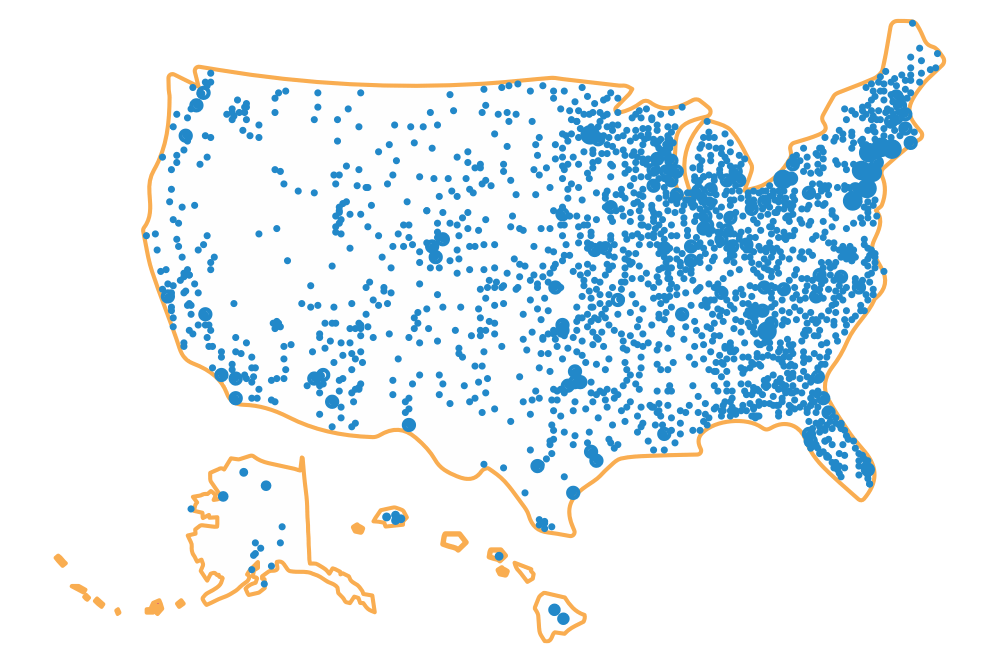As your child works on their admission applications for the next stage of their education, it’s also time to do the Federal Application for Free Student Aid, known as FAFSA. The office of Federal Students Aid, which administers FAFSA, is part of the office of the U.S. Department of Education.
What is FAFSA? It’s the application to receive federal financial aid and it’s available to any student who wants to continue their education after high school. It’s also an important component of your family’s plans to pay for your child’s college and career training.
Applying for FAFSA can help stretch your 529 savings even further. How? Financial aid is free money that does not need to be repaid. So, the more financial aid your student receives, the less the 529 funds will be needed to cover the qualified costs. As many students will receive some amount of financial aid, it’s always in your best interest to apply.
FAFSA is for students who are planning on continuing their education after high school at a college or at a trade school. When your student is completing the FAFSA form, they will have to select the Federal School Code for the schools in which they are interested in attending. This list will include the accredited colleges, community colleges, and trade schools for which your child can receive federal financial aid through FAFSA.
Once you have filled out the FAFSA form, the data you shared will be used to calculate your child’s Student Aid Index (SAI). This includes the family’s assets, including 529 plans. For a parent-owned 529 plan, only up to 5.64% of the assets in the account will be included in the form. Grandparent-owned 529s are not included on the FAFSA.
The SAI formula calculates your family’s total finances and then deducts the minimum amount needed for your family's normal living expenses. Some of the remaining amount may be used for college expenses.
From all the data on the form, FAFSA determines your eligibility for different forms of federal student aid, usually as grants, scholarships, work-study jobs, or loans.
Grants such as Pell Grants, and scholarships are federal aid which will not have to be repaid.
Work-study programs allow enrolled students to earn money for college costs by working part-time. Work-study jobs are available to full-time and part-time undergraduate, graduate, and professional students who have financial need. These jobs will be related to your student’s major when possible. If your student is interested in a federal work-study program, fill out the FAFSA form as early as possible as these ends are limited.
Federally subsidized student loans and parental loans must be repaid with interest by either the student or the parent/co-signer.
Make sure you understand what type of aid is being offered to see if you will have to repay it with or without accrued interest.
States, universities, colleges, and other organizations also use the FAFSA to determine what institutional grants or loans to offer to students interested in attending a particular educational institution and how much student aid to offer your student.
You will need to complete the FAFSA form for every year your child plans to attend college or career training from accredited trade, vocational, and technical schools.
As a reminder, you should submit the FAFSA form as early as possible to meet the federate, state, and schools’ deadlines. When you do submit the FAFSA as soon as possible, the largest pool of financial aid will be available.
Since 1989, over 675,000 futures have been entrusted to Ohio 529 CollegeAdvantage. Saving for your loved one’s college and career training after high school is doable. We’re here to help. Learn, plan and start with as little as $25 at CollegeAdvantage.com.








